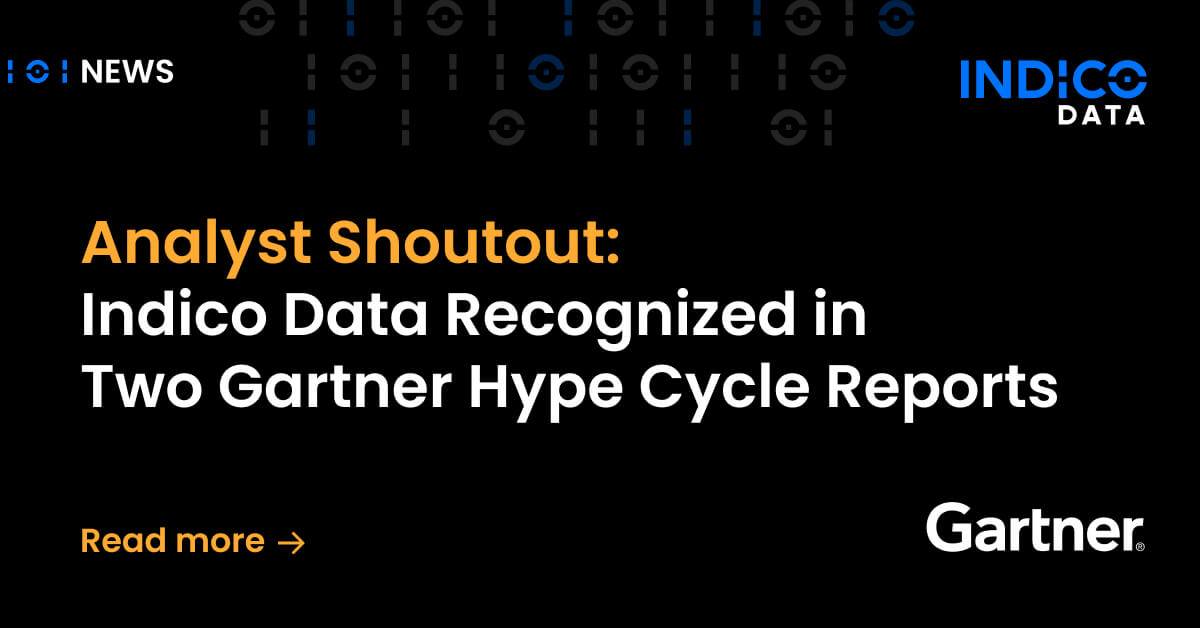The insurance industry is no stranger to complex workflows, particularly in underwriting. Traditional underwriting processes often rely heavily on manual labor, consuming time and resources while introducing opportunities for error. To stay competitive and meet customer demands, insurers must adopt smarter, more efficient ways to handle underwriting tasks. This is where intelligent document processing (IDP) steps in to revolutionize operations.
By automating the ingestion, classification, and extraction of unstructured data, IDP is not just improving efficiency but is also driving profitability in underwriting. This blog explores how IDP is transforming underwriting profitability, with key applications across speed, accuracy, and decision-making, and why it is the future of insurance as we know it.
Related Content: How to implement underwriting automation without disrupting your existing workflows
Traditional challenges in underwriting workflows
The inefficiencies of manual processes
Underwriters often face the daunting task of processing vast amounts of submissions daily. These submissions come as unstructured data from sources such as PDFs, emails, and scanned documents. Manually extracting and analyzing this data is not only tedious but prone to errors. This slows down the underwriting process, resulting in delayed quotes, lost business opportunities, and strained resources.
For example, imagine an insurance company receiving commercial property submissions that include engineering reports, claims histories, and photos. Without automated tools, underwriters must manually sift through these documents to extract relevant insights. This process is not just time-intensive but also creates bottlenecks that limit scalability.
Read More: Underwriting automation and submissions
Disconnected systems and data silos
Legacy systems compound the inefficiencies of underwriting workflows by scattering data across disconnected platforms. Underwriters often need to toggle between multiple systems to gather information, increasing the likelihood of oversight and miscommunication. This lack of integration undermines insurers’ ability to make informed decisions quickly.
For specialized insurance lines, such as catastrophe coverage, this issue becomes even more pronounced. Combining real-time weather data, socioeconomic statistics, and historical claims requires seamless integration of various databases. Traditional workflows are grossly inadequate for this level of complexity, leaving insurers at a disadvantage.
Subjectivity in decision-making
Subjectivity remains a significant challenge in underwriting. When faced with high submission volumes, underwriters may rely on gut feelings or arbitrary criteria to prioritize cases. While experience is invaluable, inconsistent prioritization can result in missed opportunities and misaligned resource allocation. High-value policies may take a backseat to less important cases, negatively impacting profitability.
Related Content: Automated decisioning in insurance: Enhancing underwriting efficiency and accuracy
How intelligent document processing improves underwriting
Enhanced efficiency with intelligent intake
IDP automates labor-intensive processes like document ingestion and data extraction. Using technologies like natural language processing (NLP) and machine learning, IDP transforms unstructured data into structured insights. This allows underwriting teams to handle larger workloads more effectively while improving accuracy.
Consider an insurer handling group health policies. Submissions may include employee rosters, medical records, and claims histories. IDP quickly extracts and organizes the data, flagging complex cases for manual review while routing straightforward ones for automatic processing. This reduces administrative burden and ensures underwriters focus on high-value tasks.
Improved decision-making with actionable insights
One of IDP’s standout features is its ability to provide intelligent insights. By analyzing data across sources, IDP supports risk assessment and pricing with a level of precision that manual processes cannot match. It enables real-time decision-making, helping underwriters prioritize submissions based on predefined risk scores and market conditions.
For instance, an auto insurer during a heavy snowstorm can use IDP to identify submissions from affected regions, prioritize high-risk cases, and expedite claims reviews. This not only speeds up processes but also ensures that underwriting resources are allocated effectively.
Better scalability for high-volume periods
IDP provides insurers with the agility to scale operations seamlessly during peak periods, such as renewal cycles or after natural disasters. Unlike traditional workflows that buckle under pressure, intelligent systems can process thousands of submissions simultaneously.
Following a hurricane, property insurers often experience a surge in claims and new policy requests. IDP’s automation capabilities allow these insurers to prioritize submissions from high-exposure areas without compromising accuracy or speed. This scalability not only preserves operational capacity but also builds customer trust through timely responses.
Compliance and audit-readiness
A growing emphasis on regulatory compliance means underwriting workflows must be transparent and auditable. IDP maintains detailed records of every action, from data extraction to final decisions. These audit trails simplify compliance and instill confidence in brokers and policyholders alike. Insurers can demonstrate due diligence more easily and respond effectively during audits or investigations.
Related Content: How AI-powered underwriting automation improves decision speed and accuracy
Real-world impacts of IDP on underwriting profitability
Insurers leveraging IDP are seeing tangible benefits across their operations. Below are the most significant outcomes.
Faster speed to quote
IDP reduces the time it takes to process submissions, providing insurers with a clear competitive edge. Faster quotes satisfy brokers and policyholders, particularly in markets where speed often determines the winning bid.
For example, small business insurance clients typically gather multiple quotes before making a decision. The first insurer to provide a comprehensive and competitive quote often wins the business. IDP ensures that insurers meet these tight timelines consistently.
Reduced operational costs
By automating repetitive tasks and minimizing errors, IDP decreases overall operational costs. This allows insurers to allocate resources more strategically, whether by training underwriters or investing in customer-centric innovations.
Higher accuracy in underwriting decisions
IDP ensures decisions are backed by complete and accurate data, reducing the risk of mispricing and underwriting losses. This data-driven approach enables insurers to fine-tune their pricing models, improve risk assessment, and maintain profitability across their portfolios.
For instance, life insurers using IDP can assess medical underwriter information more holistically, identifying nuances that may otherwise be overlooked. This results in more precise risk evaluations and premium settings.
Improved customer satisfaction
From streamlining applications to expediting claims processing, IDP enhances every touchpoint in the customer experience. Satisfied customers not only show greater loyalty but are more likely to recommend the insurer to others.
To learn more about the benefits and use cases of intelligent document processing, visit our Comprehensive guide to intelligent document processing (IDP).
The future of underwriting with IDP
The insurance industry is entering a new era, where technology and human expertise complement each other to achieve extraordinary results. Intelligent document processing is not about replacing underwriters but empowering them with the tools they need to excel.
Insurers that adopt IDP will lead the future of underwriting. By enhancing operational efficiency, improving decision-making, and driving profitability, IDP is transforming the way insurers approach their most critical processes. Legacy systems and manual workflows simply cannot compete in this landscape of rapid innovation.
Take the next step
Are you ready to transform your underwriting operations with intelligent document processing? The opportunity is here, and the time to act is now. Schedule a 1-on-1 Demo
Subscribe to our LinkedIn newsletter.
Frequently asked questions
- How much does implementing an IDP system typically cost for an insurance company, and what is the expected return on investment over time? The blog emphasizes the benefits of IDP but doesn’t address the financial commitment required for implementation or the timeline for ROI. Knowing the cost and payback period is critical for insurers considering this investment.
- What are the risks or limitations associated with relying on IDP in underwriting processes? While the blog highlights advantages like speed and accuracy, it doesn’t mention potential downsides such as data privacy concerns, system errors, or over-reliance on automation, which could impact decision quality.
- How do underwriters interact with IDP systems in practice, and what kind of training or adaptation is required? The blog mentions that IDP empowers underwriters but doesn’t explain how it fits into their daily workflow or what changes in skills or roles may be needed to use these tools effectively.


